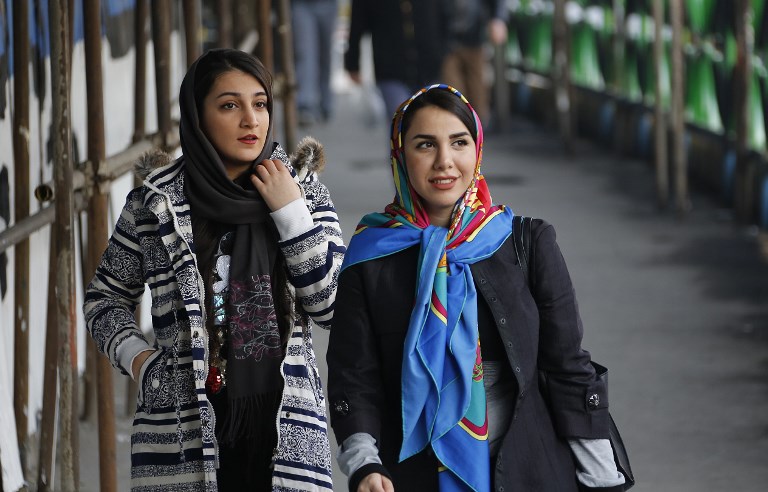Kourosh Ziabari – Asia Times: When a radical vigilante rammed his vehicle into two women in the Iranian city of Urmia on August 8 after criticizing their flouting of hijab rules, local authorities promised decisive action for the assault after the assailant’s arrest.
But like those before him who have assaulted and attacked Iranian women over their state of dress, he’s widely expected to walk free.
The attack, which went viral on social media, has reignited debate on compulsory hijab laws, with many questioning the sustainability and practicality of the strict Islamic dress code in place since the 1979 Islamic Revolution.
Iran’s hardline approach to the hijab is distinct from almost every other major Muslim country. Every year, the government spends millions of dollars to promote hijab-wearing through conferences, exhibitions, TV and radio programs, books, pamphlets and billboards nationwide.
At least 32 government and public agencies are known to finance hijab-related propaganda. Some suspect that funding will rise with the election of new President Ebrahim Raisi, who in his previous capacity as chief justice issued several directives tightening hijab codes.
In particular, he directed his deputies to report on government organizations that showed “shortcomings” in upholding hijab codes. Many Iranian women fear stiffened prohibitions under Raisi, including the deployment of more “guidance patrol” vans on the streets.
A “moral security” division of the Iranian police often sends vans staffed with male and female officers for so-called “guidance patrol.” They’re tasked with spotting women and girls deemed to be dressed inappropriately in public and arresting them, sometimes violently.
The “offending” women are usually released after signing affidavits that they will not repeat the “offense” of appearing in public with “poor hijab.”
Footage often trickles out over social media recorded by amateur photographers or citizen journalists showing morality police beating or verbally abusing women they believe are not properly covered.
Increasingly, the attacks are triggering public rage and indignation online. The issue is increasingly polarizing Iranian society on ideological lines, a conflict that is expected to deepen under Raisi’s fundamentalist rule.

